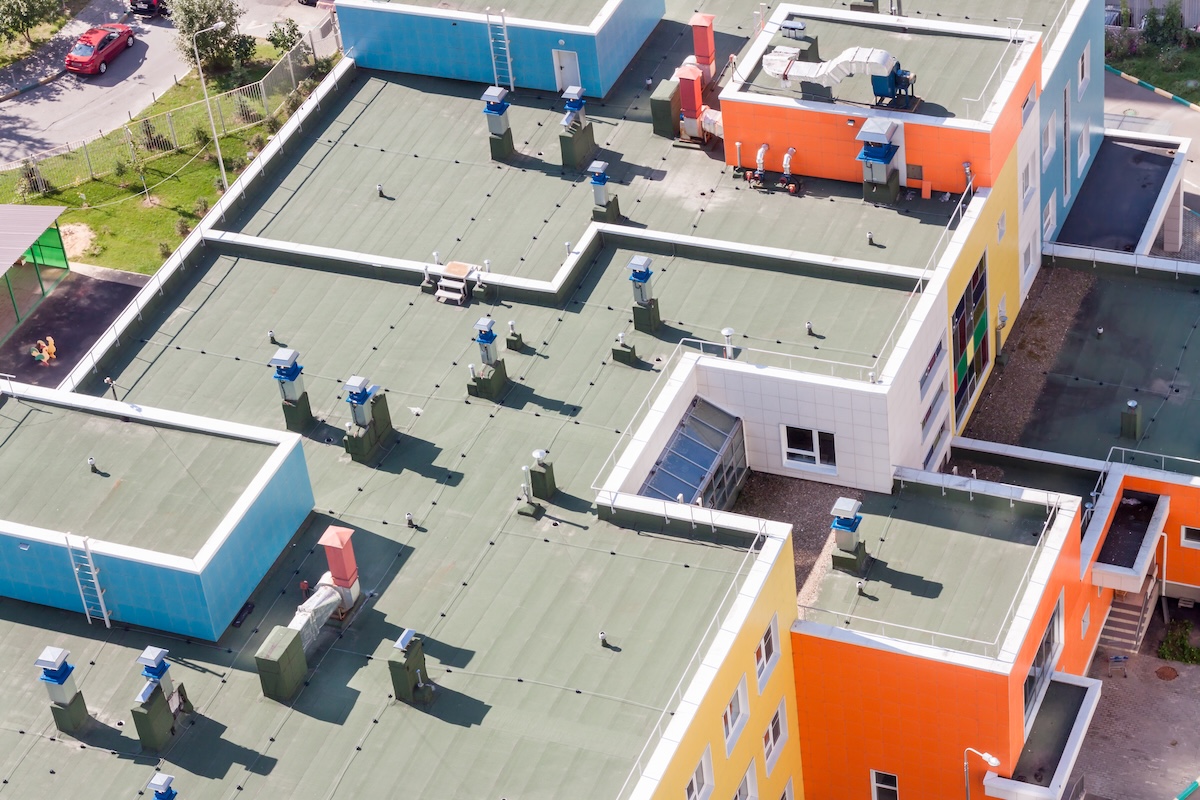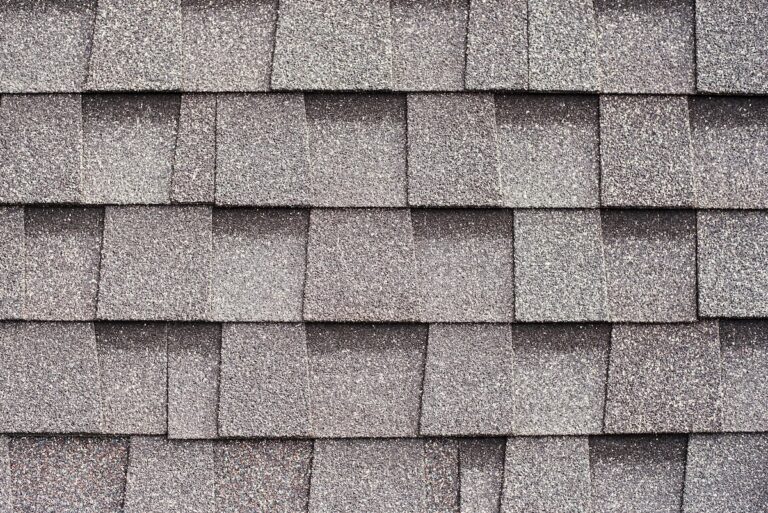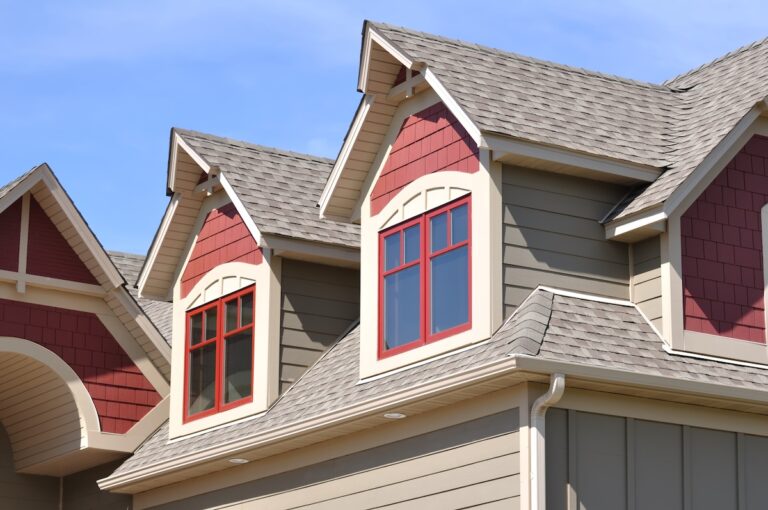Flat roof cost is a major consideration for business owners and property managers planning a roof replacement or new construction in 2025. Whether you’re overseeing a commercial property, office building, or retail space, understanding what drives cost will help you budget effectively and avoid unwanted surprises.
From materials to labor, every aspect of a flat roof installation plays a role in the final price. In this guide, we’ll break down key cost factors, common pricing ranges, and tips for maximizing your investment.
Here’s what we’ll cover:
- Average flat roof cost per square foot in 2025
- The impact of materials, insulation, and labor
- Additional factors that influence total project cost
Let’s take a closer look at what you can expect when budgeting for your next flat roof.
💵 Average Flat Roof Costs in 2025
Flat roof pricing can vary significantly based on the scope of your project. While national averages provide a ballpark figure, regional differences and specific building needs play a major role.
Price Per Square Foot
In 2025, commercial flat roof installations typically range from:
- $5 to $10 per square foot for basic single-ply systems
- $10 to $20 per square foot for premium materials or complex builds
- $20+ per square foot for specialty systems or heavy-duty insulation
Keep in mind that larger roofs may benefit from economies of scale, while smaller, more intricate jobs may cost more per foot.
Typical Total Costs
For a standard commercial building, you can expect:
- 5,000-square-foot roof: $30,000 to $70,000
- 10,000-square-foot roof: $60,000 to $150,000
- 20,000-square-foot roof: $120,000 to $300,000
Final pricing depends on many factors, including accessibility, labor rates, and system type.
🏢 Types of Flat Roofing Systems and Their Costs
Different roofing systems offer different lifespans, performance, and price points.
TPO (Thermoplastic Olefin)
TPO roofing is one of the most popular, durable, and cost-effective systems available.
- Average cost: $5 to $9 per square foot
- Lifespan: 15 to 25 years
- Advantages: Reflective surface, energy-efficient, lightweight
Ideal for energy-conscious property owners looking to reduce cooling costs.
EPDM (Ethylene Propylene Diene Monomer)
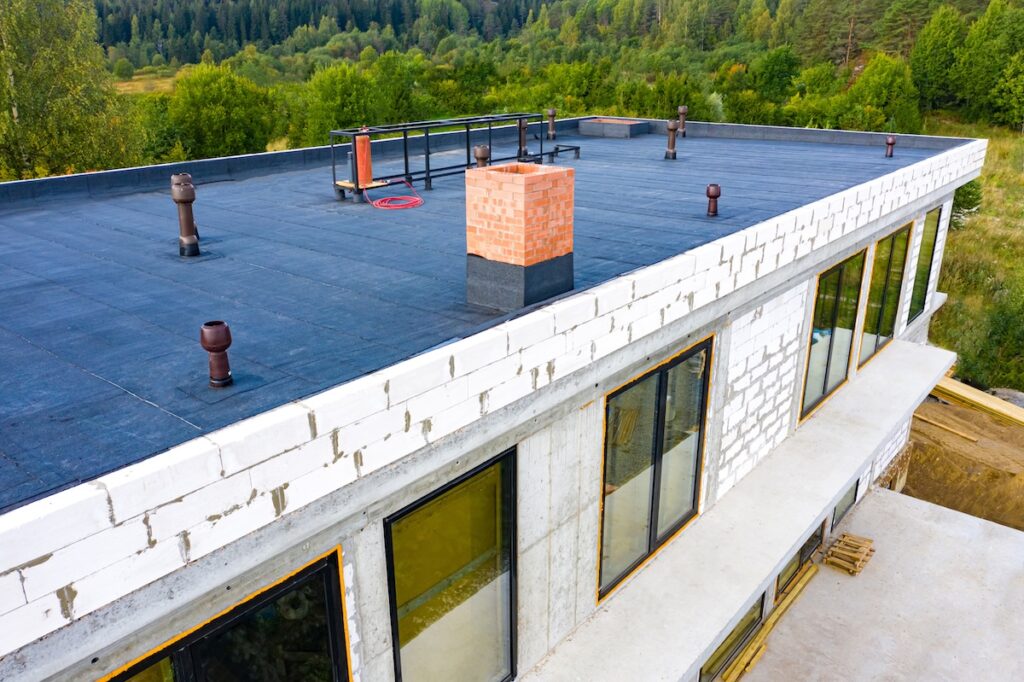
EPDM is a durable rubber roofing system known for its flexibility and weather resistance.
- Average cost: $6 to $10 per square foot
- Lifespan: 20 to 30 years
- Advantages: Excellent UV resistance, easy to install, low maintenance
Whether you are installing it or need to repair an EPDM roof, it is a strong choice thanks to its properties in variable climates.
PVC (Polyvinyl Chloride)
PVC offers strong chemical resistance and is used in more demanding environments.
- Average cost: $8 to $12 per square foot
- Lifespan: 20 to 30 years
- Advantages: Durable seams, fire resistance, reflective surface
Due to its composition, PVC roofs are suitable for restaurants, factories, or buildings with grease or chemical exposure.
Built-Up Roofing (BUR) and Modified Bitumen
These traditional systems use multiple layers for long-lasting performance.
- Average cost: $9 to $15 per square foot
- Lifespan: 20 to 30+ years
- Advantages: Tough, thick surface, strong protection from foot traffic
Ideal for roofs with high use or equipment loads.
⭐️ 5 Key Factors That Affect Flat Roof Cost
Many variables influence the total cost of a new flat roof. Here are the most important ones to keep in mind:
1. Roof Size and Complexity
- Larger roofs typically have lower cost per square foot
- Complex designs with multiple levels or penetrations increase labor time
- Parapet walls and unique edge conditions require custom work
Size and complexity often work together to shift overall cost.
2. Insulation Requirements
- Code requirements for R-value can add cost
- Tapered insulation systems to improve drainage raise labor and material expenses
- Multiple insulation layers are sometimes needed in cold climates
Proper insulation improves long-term energy savings.
3. Removal of Old Roofing
- Tear-off and disposal of old materials increases labor costs
- Hazardous material (like asbestos) requires specialized removal
- Overlaying new materials can reduce cost but isn’t always an option
Knowing what’s under your roof matters just as much as what’s going on top.
4. Local Labor Rates and Permits
- Costs vary depending on your region’s labor market
- Union labor may increase installation costs
- Permitting fees and inspections vary by city and county
Local code compliance should always be factored into your budget, especially if you are looking for top-notch roofing in Pennsylvania.
5. Warranty and Roof Accessory Options
- Manufacturer warranties can impact material choice and cost
- Adding features like walk pads, drains, or guardrails increases price
- Longer labor warranties may cost more upfront but offer peace of mind
Investing in higher quality protection pays off in the long run.
🤔 Other Costs to Consider
Beyond the basics, there are other line items that may affect your total roofing cost.
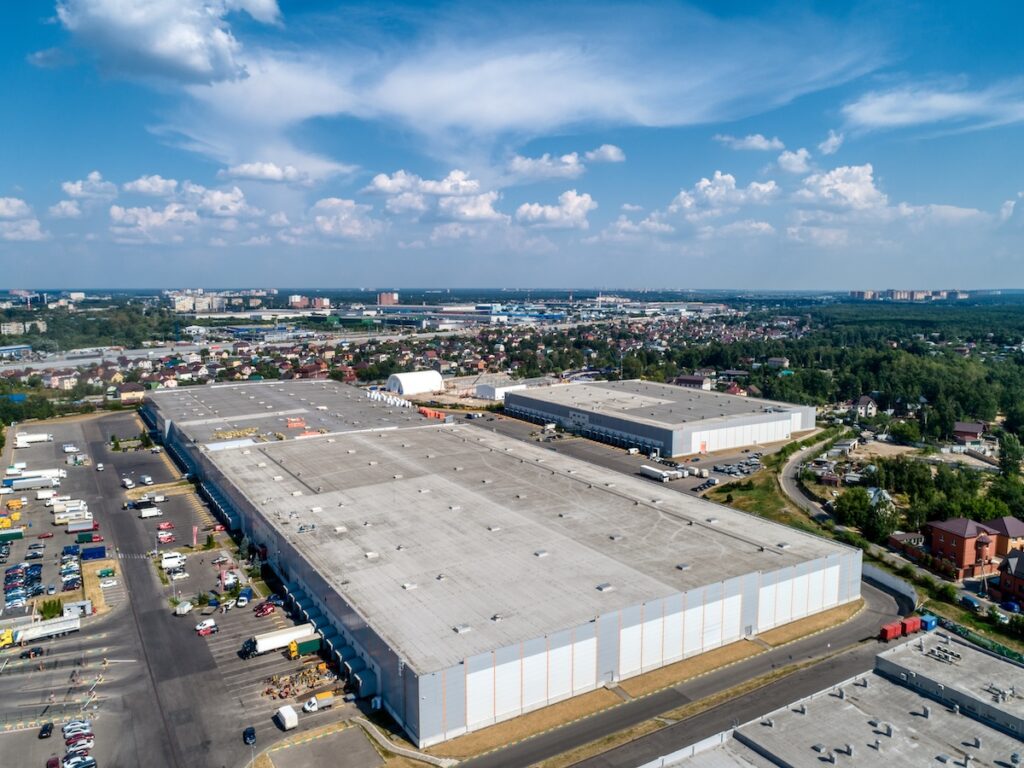
Drainage Improvements
Proper drainage is essential to roof performance.
- New scuppers, internal drains, and tapered systems may be required
- Poor drainage design leads to ponding and membrane failure
- Many flat roofs require drainage upgrades during re-roofing
Improving drainage protects your investment over time.
Roof Deck Repairs
Hidden issues beneath the surface can surprise even the best planning.
- Rot, corrosion, or structural damage must be repaired before installation
- Replacing roof decking increases material and labor costs
- A proper pre-installation inspection helps identify these needs
Addressing deck damage is critical to roof integrity.
Building Occupancy and Scheduling
Project logistics can influence timeline and cost.
- Roofing around business hours may involve night or weekend work
- Occupied buildings may require extra safety precautions
- Cranes or special equipment may be needed for limited access
Plan scheduling carefully to minimize disruptions and control costs.
💡 Cost-Saving Tips for 2025 Roofing Projects
Flat roofs are a major investment, but there are ways to reduce costs without sacrificing quality. Here are a few practical strategies:
1. Get Multiple Estimates
- Compare at least three reputable contractors
- Review scope of work and warranties carefully
- Look for experienced Pennsylvania roofers in flat commercial systems
The lowest bid isn’t always the best value.
2. Schedule During Off-Season
- Roofing contractors are busiest in spring and summer
- Fall or winter projects may offer more availability and better pricing
- Just ensure weather conditions allow for proper installation
Timing can influence both cost and turnaround time.
3. Choose the Right System for Your Building
- Don’t overbuild if your structure doesn’t need it
- Balance upfront cost with long-term performance and maintenance
- A roof that matches your goals will offer better ROI
Work with a contractor who understands your building’s unique needs.
4. Prioritize Preventive Maintenance
- Regular inspections catch small issues before they become expensive repairs
- Clean debris and check seams twice per year
- A maintenance plan can extend roof life by years
Preventing roof damage is one of the smartest cost-saving decisions you can make.

🤝 Trust G. Cannon for Your Flat Roofing Needs
Flat roof cost in 2025 is influenced by materials, labor, design, and countless variables unique to your building. Whether you’re installing a new roof or replacing an aging system, understanding the cost structure of a renowned roofing company will help you make confident, informed decisions.
At G. Cannon, we specialize in commercial flat roofing systems that deliver long-lasting performance and excellent value. Our team combines technical expertise with clear communication, ensuring that every client receives a roof built to protect their property for decades to come.
Contact G. Cannon today to receive a free, detailed estimate. We’re here to help you make the most of your roofing investment: on time, on budget, and with craftsmanship you can trust.
